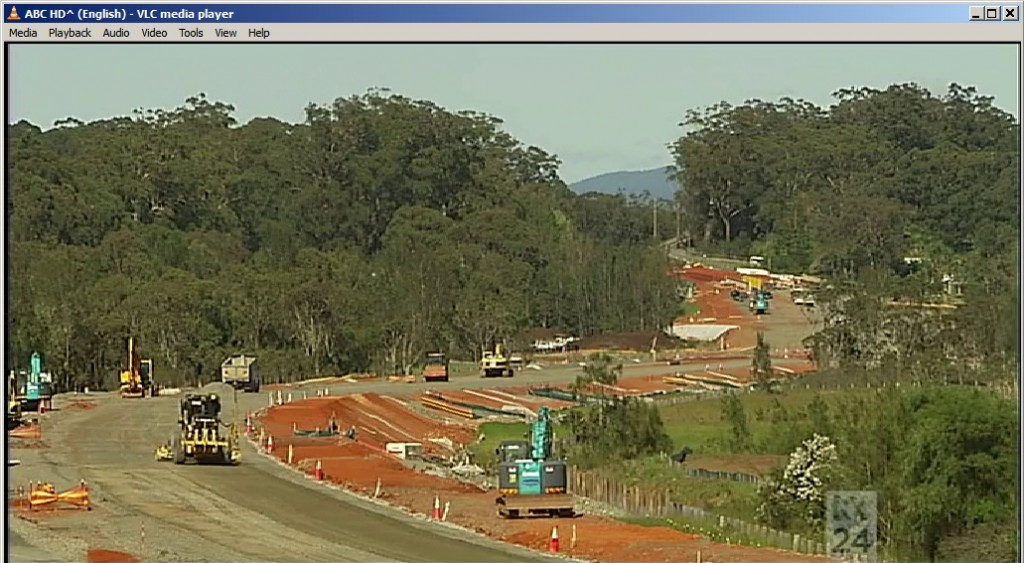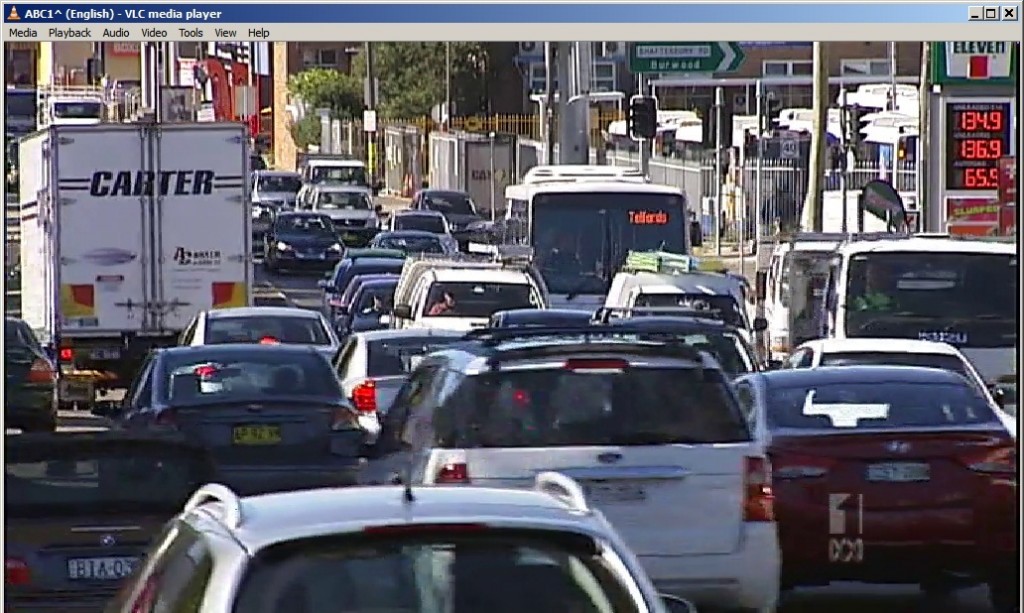Oil prices are now 5-6 times higher than in the late 1990s and 3-4 times higher than in the early 2000s before peak oil started in 2005.
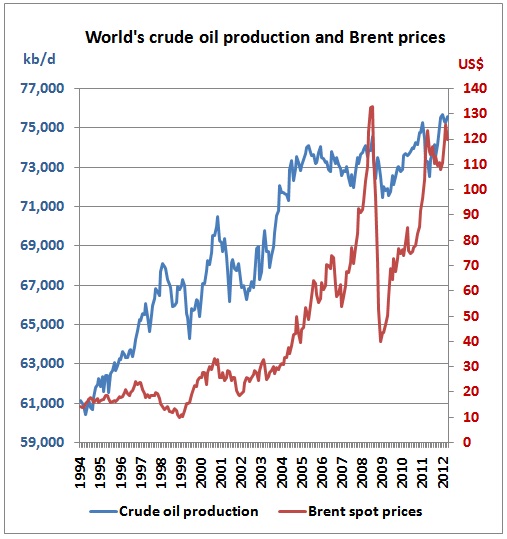 Now, do governments implement a portfolio of projects which would neutralize this oil price increase? No, of course not. Just as an example what would be required to achieve reductions in fuel use of cars by these sorts of factors: No, not hybrid cars and not smaller, more efficient cars. It must be carpooling.
Now, do governments implement a portfolio of projects which would neutralize this oil price increase? No, of course not. Just as an example what would be required to achieve reductions in fuel use of cars by these sorts of factors: No, not hybrid cars and not smaller, more efficient cars. It must be carpooling.
 Car pooling can be a lot of fun
Car pooling can be a lot of fun
and with good music, too. http://www.youtube.com/watch?v=YNSxNsr4wmA
But what does the NSW government do? It builds more freeways for more cars.
In this article we analyse how the NSW budget 2012/13 spends its money, without having done a peak oil risk assessment.
 The above table is based on a list of major investments as described on pages 3-4 to 3-8 of Budget Paper #4
The above table is based on a list of major investments as described on pages 3-4 to 3-8 of Budget Paper #4
The rating is as follows:
(1) “mostly wasted”
Highway duplication projects will not reduce fuel consumption commensurate with the expected decline in the availability of transport fuels as repeatedly shown in numerous posts on this website.
The attribute “mostly” is given and not “fully” because some of the projects contain the removal of accident black spots.
The leaked BITRE 117 report shows an (optimistic) peak in 2016 and then permanent decline. The crude oil peak started actually in 2005 and the conventional peak already occurred in 2006. 10-20 years are needed to prepare for peak oil. That is a period in the past. Yet, governments continue to go in the wrong direction.
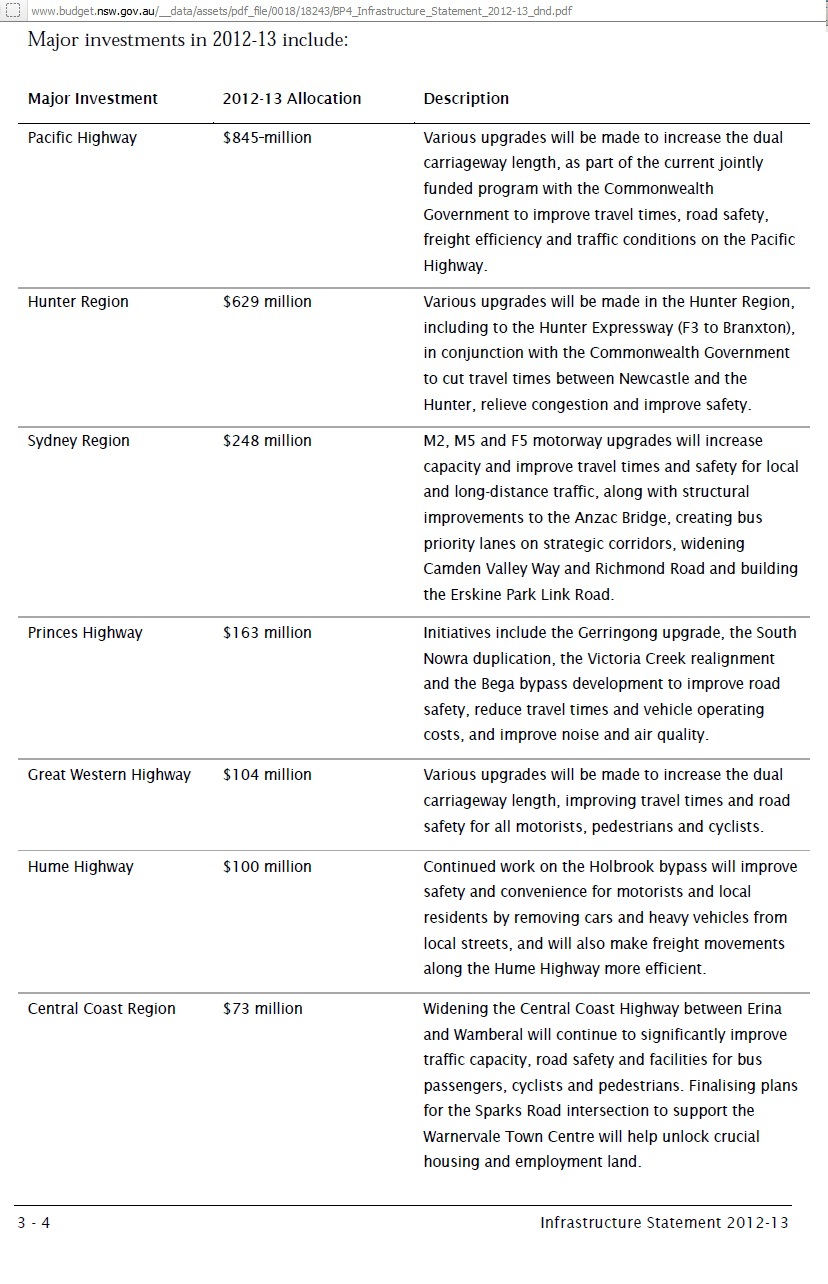 Pacific Highway Corridor Upgrade
Pacific Highway Corridor Upgrade
WORKING ASSESSMENT FOR BENEFIT COST RATIO MODERATION 2008/09
The reported BCR @ 7% discount rate is only 1.52 (1.73 with WEBs)
http://www.infrastructureaustralia.gov.au/2011_coag/files/Pacific_Highway_Corridor_Upgrade_NSW_Appraisal2010.pdf
Infrastructure Australia Appraisal Assessment Summary:
The benefit cost ratio presented by the proponent is 1.5. However:
“The economic analysis was provided for all the projects together, not on an individual basis, which suggests some projects may have a poor benefit cost ratio on an individual project basis; and
Demand forecasting was at a relatively high level – more detailed forecasting is required.
Nevertheless, the BCR for the overall upgrade is likely to be broadly robust.”
http://www.infrastructureaustralia.gov.au/2011_coag/files/Pacific_Highway_Corridor_Upgrade_NSW_Brief2011.pdf
The Wynyard walk is also a waste as its sole function is to serve the unnecessary Barangaroo development in an area which will be flooded by sea level rises.
(2) “moderately useful”
The South West Rail Link serves mainly new, yet to be built housing areas which is not a priority given the task to replace existing car traffic by public transport. The North West Rail Link is too expensive compared to alternative surface rail solutions similar to Transperth (rail on M2 and M7)
The task at hand is to replace existing car traffic, not to build new motorways
(3) “useful”
Except as mentioned under (2), these measures can be considered to mitigate the impact of peak oil
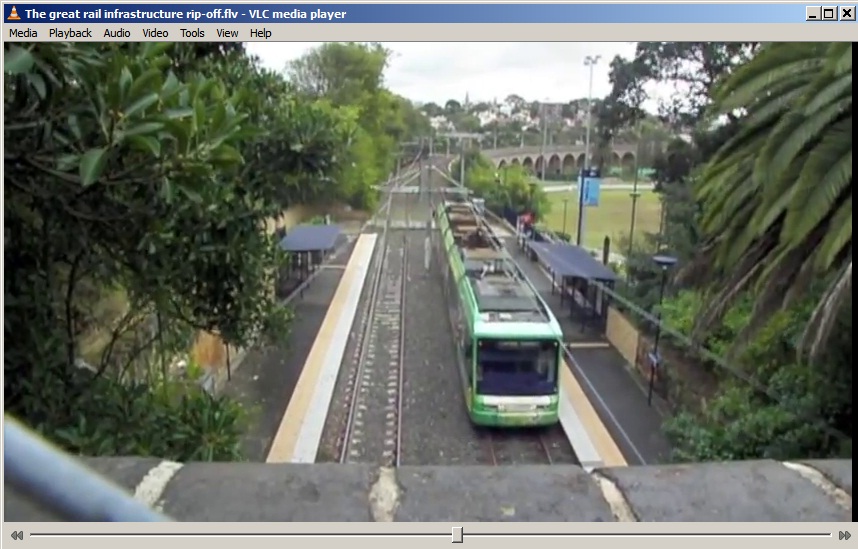 Watch this video from Ecotransit http://www.ecotransit.org.au/ets/ on overpriced rail jobs in NSW
Watch this video from Ecotransit http://www.ecotransit.org.au/ets/ on overpriced rail jobs in NSW
http://www.youtube.com/watch?v=d0kIYfx0fRI
Related articles on this website:
28/5/2012
NSW regional railway clock stopped at midnight but Hunter coal trains are rolling
http://crudeoilpeak.info/nsw-regional-railway-clock-stopped-at-midnight-but-hunter-coal-trains-are-rolling
20/5/2012
Submission on NWRL
http://crudeoilpeak.info/wp-content/uploads/2011/02/Submission-on-NWRL.pdf
30/4/2012
NSW Transport Master Plan debates conventional peak oil 2006, assumes continuing oil age
http://crudeoilpeak.info/nsw-transport-master-plan-debates-conventional-oil-peak-2006-assumes-continuing-oil-age
5/2/2012
Australian peak oil report ignored for urgent Sydney Canberra rail upgrade (Peaky Leaks Part 2)
http://crudeoilpeak.info/australian-peak-oil-report-ignored-for-urgent-sydney-canberra-rail-upgrade-peaky-leaks-part2
13/10/2011
NSW gas as transport fuel. Where are the plans?
http://crudeoilpeak.info/nsw-gas-as-transport-fuel-where-are-the-plans
7/9/2011
NSW budget 2011/12 does not increase oil use productivity
http://crudeoilpeak.info/nsw-budget-2011_12-does-not-increase-oil-use-productivity
Other document links
Submission of the NSW government on the Pacific Highway duplication
http://www.nsw.gov.au/sites/default/files/PacificHwayUpgradeSubmissiontoInfrastructureAustralia.pdf
2007 Sydney – Brisbane Corridor Study
http://www.infrastructure.gov.au/transport/publications/files/Sydney_Brisbane_Corridor_Strategy.pdf
Oct 2011 Pacific Highway Upgrade Program
http://www.nsw.gov.au/sites/default/files/PacificHighwayUpgradeProgramEconomicAppraisal2011Up.pdf
National road network intercity traffic projections to 2030 (WP 75)
February 2009
http://www.bitre.gov.au/publications/2009/files/wp_075.pdf
Note that WP 75 was published practically at the same time as the BITRE peak oil report 117 (March 2009 – see graph above). No one in BITRE nor in the Energy Ministry could (or wanted to) coordinate this contradictory research. That is one of the main reasons for all these mis-investments.
Epilogue
Of course, we can’t do car pooling on toll-ways because then the operators will go bankrupt much sooner than would otherwise be the case.
